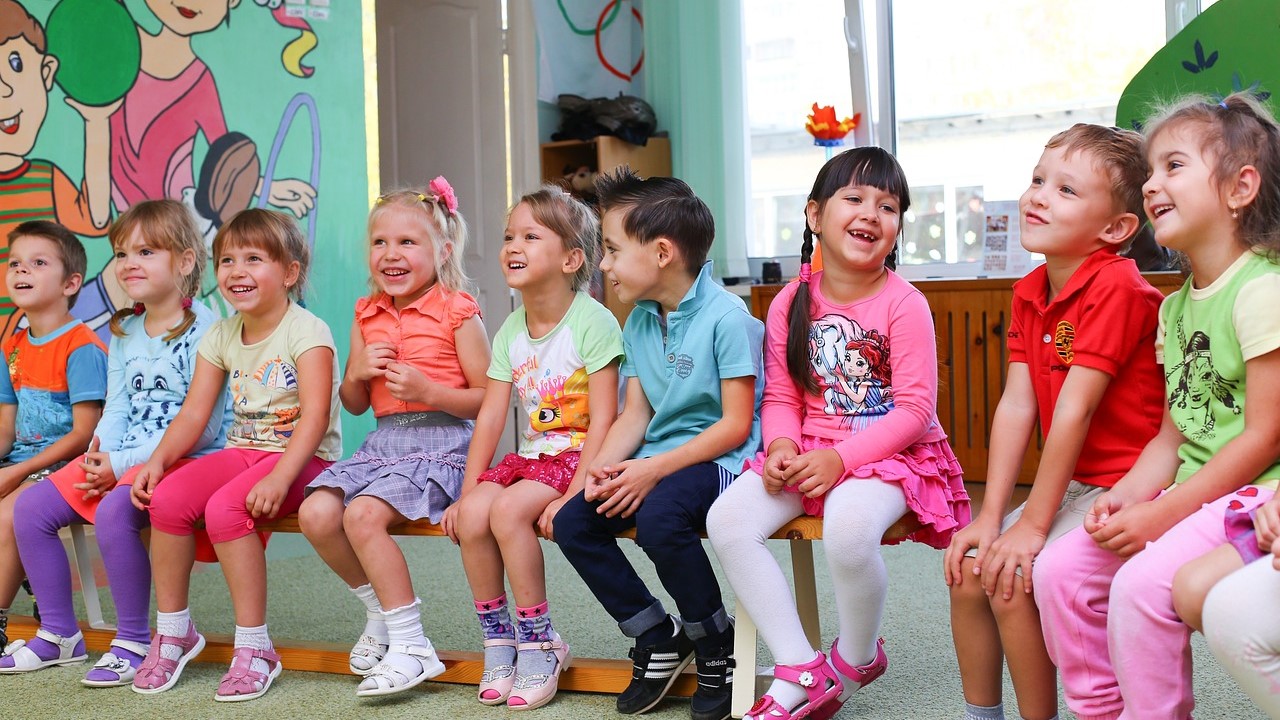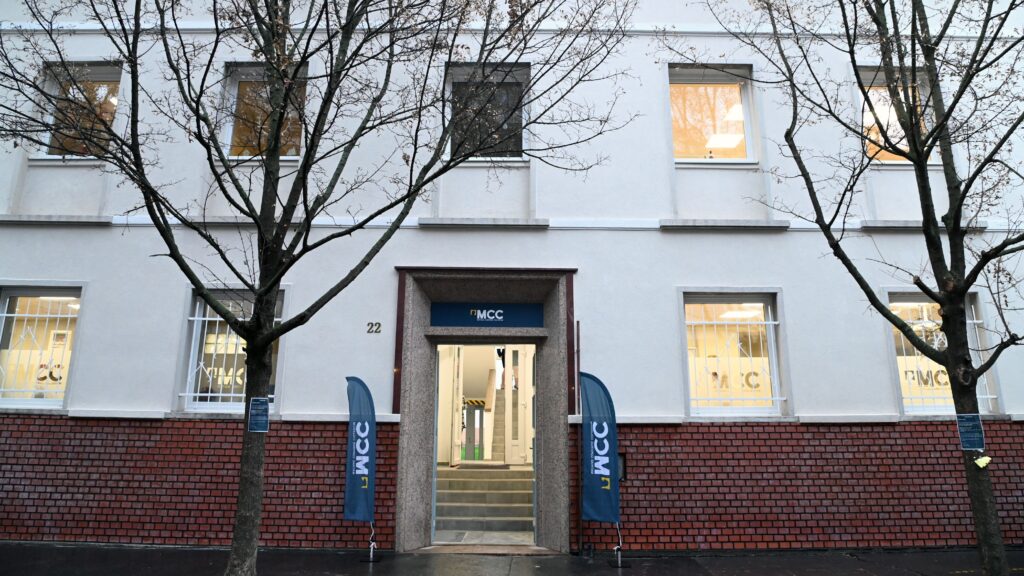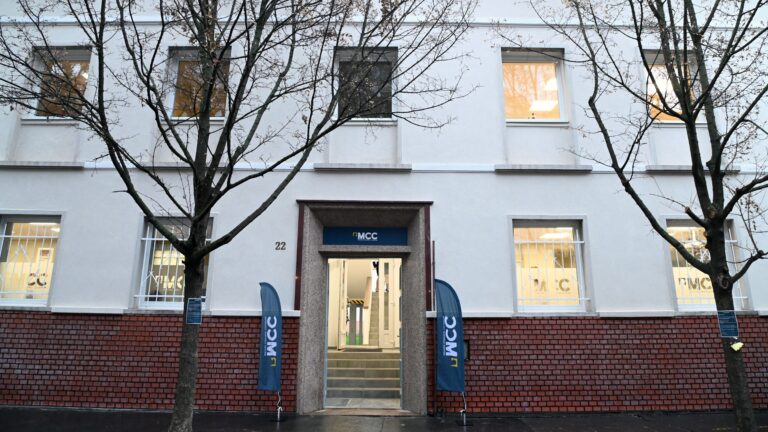According to the OECD’s annual education report, the proportion of children receiving kindergarten education in Hungary is high, with fewer children per teacher than the average, and the number of school dropouts and repeaters is lower than the OECD average, the Hungarian Ministry of the Interior (BM) highlighted in a statement released on Tuesday.
The OECD has published its Education at a Glance 2024 report, which examines the state of educational systems and the challenges they face in various countries up to 2023. The analyses are based on data from 2022 and 2023 for educational participation and 2021 for teacher salaries.
The report identifies a problem in many countries called the ‘childcare gap’—the period between the end of childcare support and the beginning of free early childhood education or kindergarten. In Hungary, there is no ‘childcare gap’, as free nursery care is available directly after childcare support, followed by compulsory kindergarten attendance from the age of three, which is part of the country’s mandatory schooling system. This extends the period of compulsory education in Hungary to 13 years, exceeding the OECD average of 11 years, they highlighted.
In Hungary, 96 per cent of five-year-olds participate in kindergarten education, surpassing the OECD average of 85 per cent, they noted. They also emphasized that participation in high-quality early childhood education has a proven positive impact on children’s well-being, learning, and developmental processes in their early years. Additionally, 90 per cent of kindergarten expenses are funded by the central budget, higher than the OECD average of 86 per cent. According to the report, an average primary school class in Hungary has 22 pupils, which is lower than the OECD average of 27 pupils per class.
The study indicates that the rate of repeaters is lower than the OECD average: 1.7 per cent of upper primary students and 2.2 per cent of general secondary education students are repeaters in Hungary, compared to the OECD averages of 2.2 per cent and 3.2 per cent, respectively. The proportion of young adults (aged 25–34) who leave the education system without a secondary qualification is lower in Hungary than the OECD average, standing at 13 per cent in Hungary, compared to 14 per cent in the OECD.
The proportion of young people aged 18-24 who are not in education, employment, or training (NEET) was 12.8 per cent in Hungary in 2023, lower than the OECD average of 13.8 per cent and a decrease from previous years. Between 2016 and 2023, Hungary’s rate dropped from 15.5 per cent to 12.8 per cent, while the OECD average decreased from 15.8 per cent to 13.8 per cent.
According to the OECD’s methodology, Hungary spent 4.1 per cent of its GDP on education in 2021, compared to the OECD average of 4.9 per cent. However, Hungary is among the countries that increased its spending on educational institutions between 2015 and 2021, rising from 3.7 per cent to 4.1 per cent, according to the statement released by the Ministry of the Interior.
Related articles:







